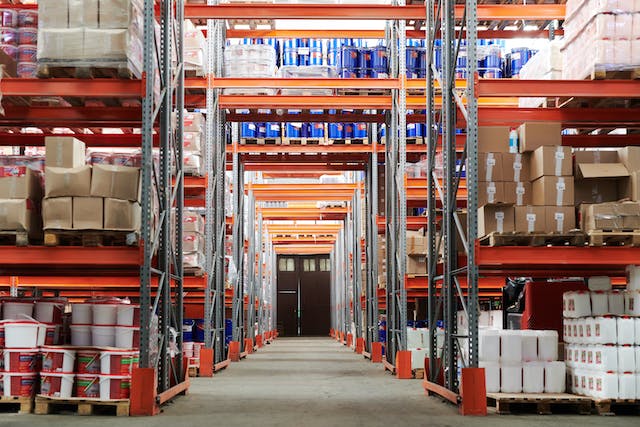In the ever-evolving logistics and supply chain management landscape, the concept of microwarehousing has emerged as a game-changer. Microwarehousing refers to the strategic placement of small, localised warehouses in urban areas to facilitate faster and more efficient last-mile delivery. This innovative approach is reshaping traditional supply chain models, offering a myriad of benefits for businesses and consumers alike.
The Need for Microwarehousing
The rise of e-commerce has significantly altered consumer expectations, with a growing demand for faster and more convenient delivery options. Traditional warehousing and distribution centers, often located on the outskirts of cities, struggle to meet the demand for quick last-mile delivery. Microwarehousing addresses this challenge by bringing the storage and distribution of goods closer to the end consumer.
Proximity to Consumers
Microwarehousing offers a key advantage in terms of proximity to consumers. There are companies like Tradestars that specialise in creating smaller, strategically placed warehouses in urban areas, so businesses can bridge the gap between storage facilities and delivery destinations. This approach not only shortens delivery routes but also meets the increasing customer expectations for same-day or next-day delivery services
Optimising Last-Mile Delivery
Last-mile delivery is often the supply chain’s most expensive and logistically challenging part. Microwarehousing optimises last-mile delivery by cutting down on transportation costs and reducing the time it takes for products to reach consumers. This not only improves operational efficiency but also enhances the overall customer experience.
Flexibility and Scalability
Microwarehousing offers a high level of flexibility and scalability for businesses. These smaller warehouses can be easily adapted to changing market conditions and seasonal demands. As the volume of online orders fluctuates, companies can scale their microwarehousing operations up or down, ensuring optimal resource utilisation and cost efficiency.
Technology Integration
The success of microwarehousing relies heavily on the integration of advanced technologies. Automation, robotics, and artificial intelligence play crucial roles in streamlining warehouse operations, from order processing to inventory management. Automated systems enable faster order fulfillment and reduce the risk of errors, ultimately contributing to a more efficient supply chain.
Reducing Environmental Impact
Microwarehousing not only benefits businesses but also has positive implications for the environment. By minimising the need for long-haul transportation and reducing the overall distance traveled by goods, microwarehousing helps lower carbon emissions. This aligns with the increasing emphasis on sustainability and eco-friendly practices in the business world.
Challenges and Considerations
While microwarehousing offers numerous advantages, it is not without its challenges. Finding suitable locations for these smaller warehouses in densely populated urban areas can be a logistical puzzle. Additionally, companies must invest in technology and automation, which may require significant upfront capital. Overcoming these challenges requires a strategic approach and a commitment to innovation.
The Future of Microwarehousing
As e-commerce continues to thrive and consumer expectations evolve, microwarehousing is poised to play an increasingly pivotal role in the future of logistics. The combination of technological advancements, strategic location planning, and a commitment to sustainability positions microwarehousing as a key solution for businesses aiming to stay competitive in the rapidly changing world of supply chain management. As the concept gains traction, we can expect to see more businesses embracing microwarehousing as a central component of their logistics strategy, ultimately reshaping the way goods move from warehouse shelves to the hands of consumers.

